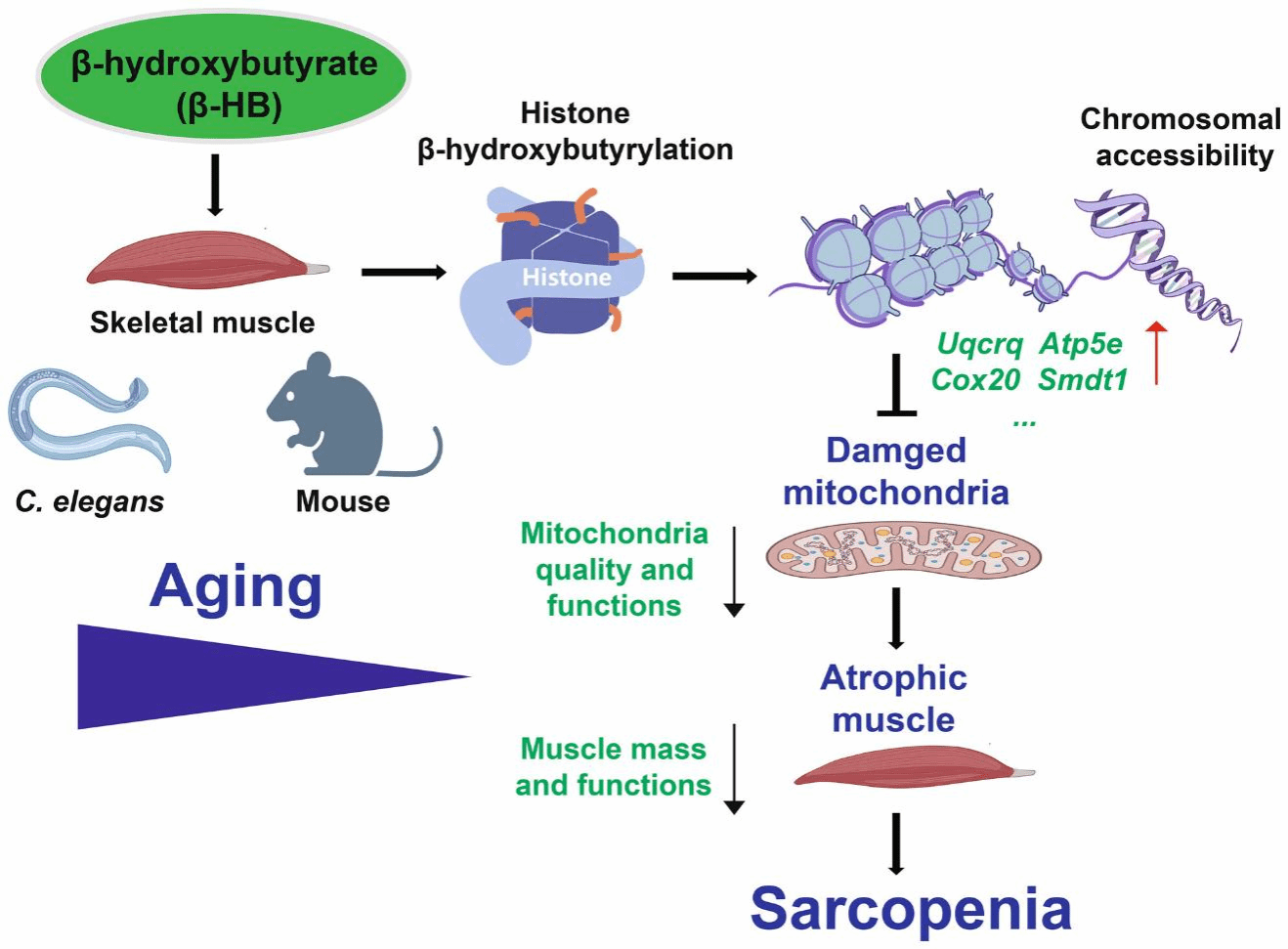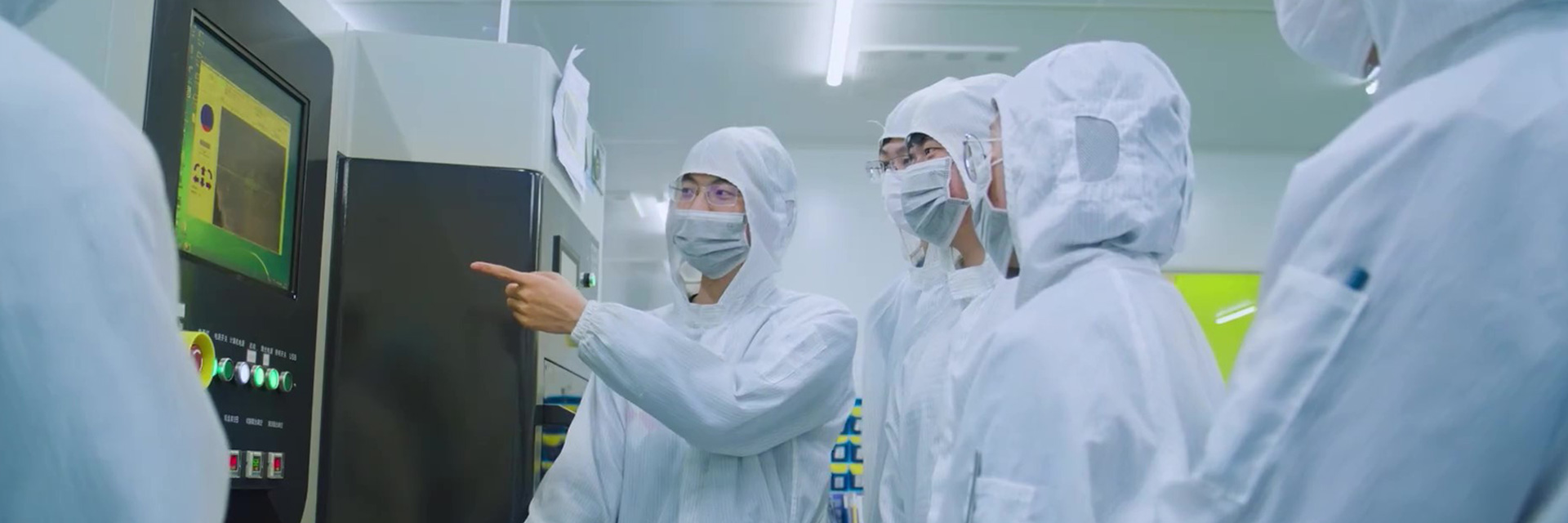(School of Life Science)Skeletal muscle, the largest organ in the human body, plays a crucial role in maintaining movement function and metabolic regulation. With age, skeletal muscle undergoes muscle atrophy, which eventually leads to sarcopenia. Sarcopenia is a geriatric syndrome characterized by gradual decline in muscle mass, strength, and function. It typically begins to manifest around the age of 40 and accelerates after the age of 75. Sarcopenia has significant implications for the health of older individuals, resulting in decreased quality of life including weakness, falls, and even disability.
It is commonly believed that losing weight can lower the risks of hypertension, hyperlipidemia, and hyperglycemia among the elderly. However, what many fail to realize is that most older individuals become thin not due to reduced fat content but rather due to a decline in skeletal muscle mass, resulting in the condition known as "sarcopenia".
Currently, there are no drugs available for the treatment of sarcopenia. The effective approach to improve sarcopenia is a combination of nutritional and exercise interventions: nutritional intervention includes increasing protein intake and supplementing with vitamin D; exercise intervention includes strength training and aerobic exercise. Additionally, dietary methods such as calorie restriction and ketogenic diets are potential strategies to delay the onset of sarcopenia. Although lifestyle interventions have been proven effective in improving sarcopenia, their mechanisms remain unclear.
Xiangyang research team from the Human Aging Research Institute of Nanchang University, has discovered that interventions such as calorie restriction, ketogenic diet, and high-intensity exercise can generate a crucial small molecule called β-hydroxybutyrate (β-HB). Further studies have revealed that the ability to produce β-HB is positively correlated with muscle mass and decreases with age. Supplementing exogenous β-HB can reverse the decline in muscle mass in elderly mice, thereby improving their physical performance. Increasing the production capacity of endogenous β-HB can also improve the exercise function of elderly individuals. In terms of biological mechanisms, the protective effect of β-HB on skeletal muscles is achieved through histone β-hydroxybutyrylation (Kbhb) modification and regulation of gene expression. β-HB exerts its protective effect by enhancing the expression of mitochondrial pathway-related genes and improving mitochondrial function. Inhibiting histone Kbhb eliminates the protective effect of β-HB in sarcopenia, providing strong evidence for the beneficial effects of β-HB and histone Kbhb in reversing sarcopenia. This suggests that targeting β-HB production and/or Kbhb could be a potential therapeutic strategy for age-related sarcopenia, particularly important for older adults who are unable to engage in physical activity.

Attached figure:Mechanism diagram for β-HB and histone Kbhb
On July 31, 2024, the research findings were published in Aging Cell (DOI: 10.1111/acel.14284) a prestigious journal in the field of aging research. The title of the article is "Histone β-hydroxybutyrylation is critical in reversal of sarcopenia". Dr. Qiquan Wang is the first author of this paper, while Professor Yang Xiang and Professor Xiaoli Tian are co-corresponding authors. This study was supported by the Key Research and Development Program of the Ministry of Science and Technology, National Natural Science Foundation, and Jiangxi Provincial Natural Science Foundation.
Editor: Xu Han
Executive Editor: Xu Hang




